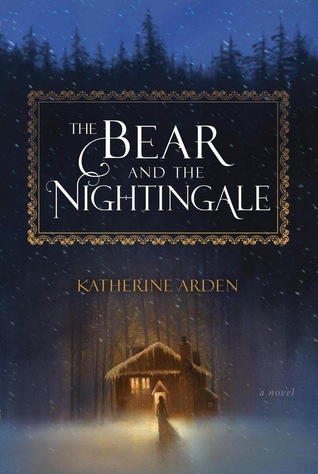Grade A
With dizzying inventiveness, Tal M. Klein’s sci-fi and sci-fantastic The Punch Escrow rivals the best of Wells and Bradbury in ideas per page. This is an incredibly smart, witty, imaginative 22nd century thriller that is ostensibly about teleportation in the future gone awry, but ultimately a sly, speculative warning shot about our insatiable (and unsustainable) need for technological advancement in the hands of corporate interests. If I’m making this sound like a slog of a science lesson/cautionary tale, it’s anything but. Sure the novel is annotated throughout as Klein footnotes each technological future marvel with definitions and scientific explanation, but nothing here is obtuse; this is pure fun and the story barrels along as we follow Joel Byram (an app salter, don’t worry, Klein will explain), his wife Sylvia (a high level employee at a teleportation company that controls more than just travel in the future), and Joel Byram (yep, Joel again…) between New York, rendered in brilliant futuristic clarity, and Costa Rica on a vacation that goes horribly wrong during teleportation. I found each imaginative detail in Klein’s novel delightful and, dare I say, more prescient than not. Klein creates such a vivid, rich future in this novel that it’s Hollywood’s loss if they don’t snap this up and spin this into cinematic gold. Highly recommended.
The Punch Escrow available July 25, 2017.










